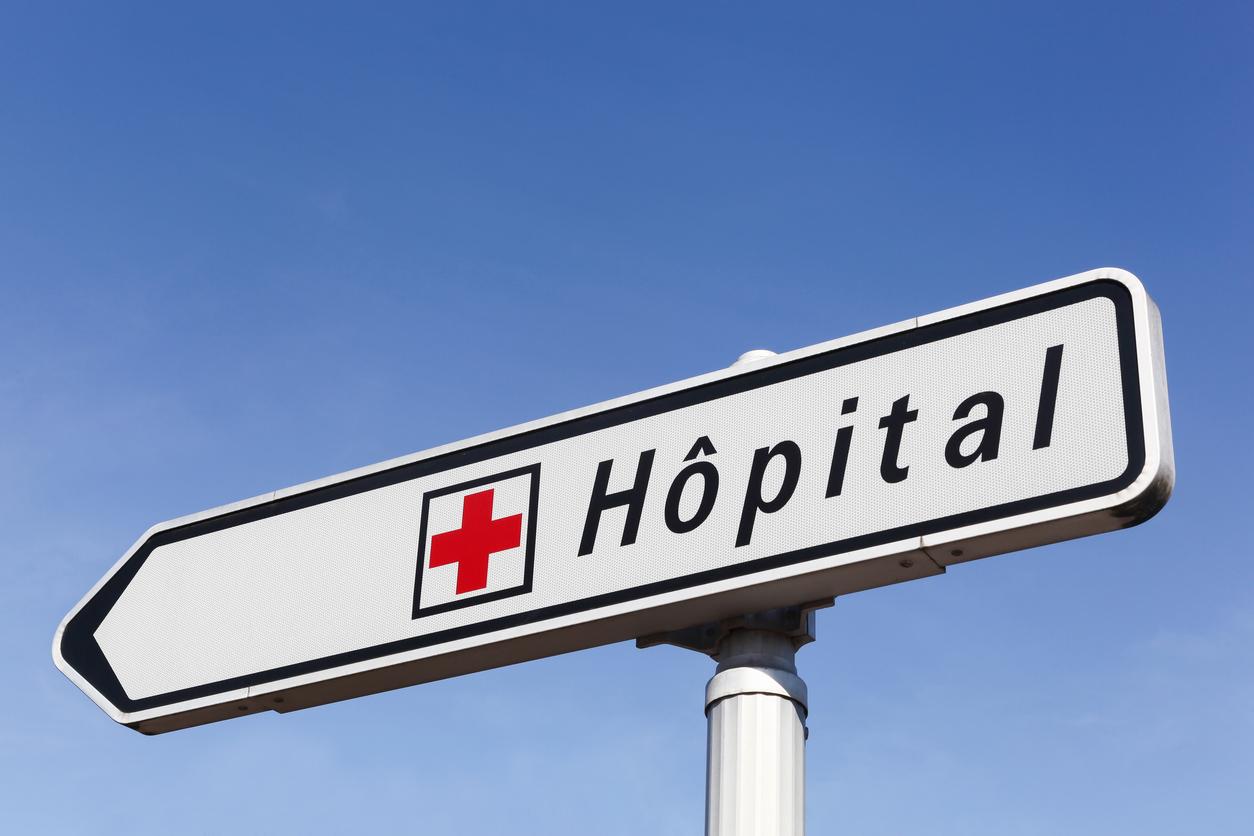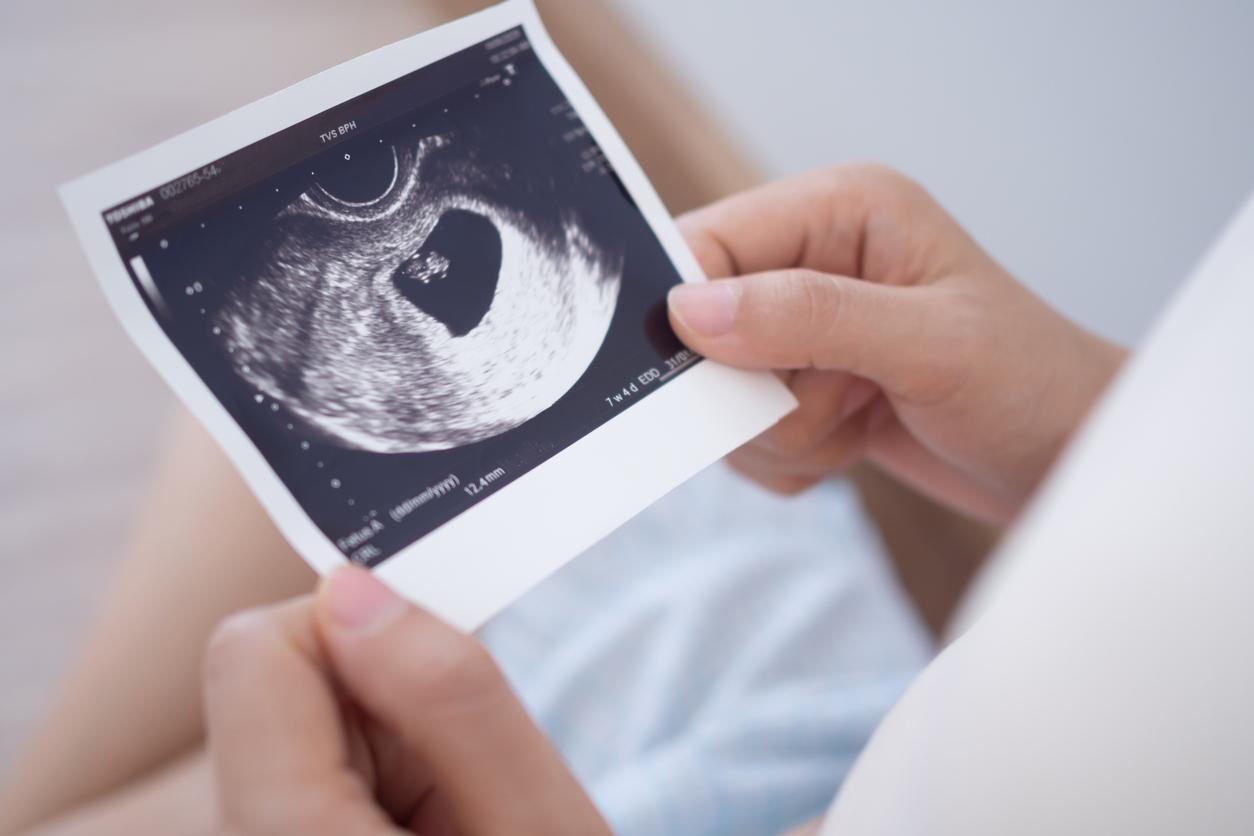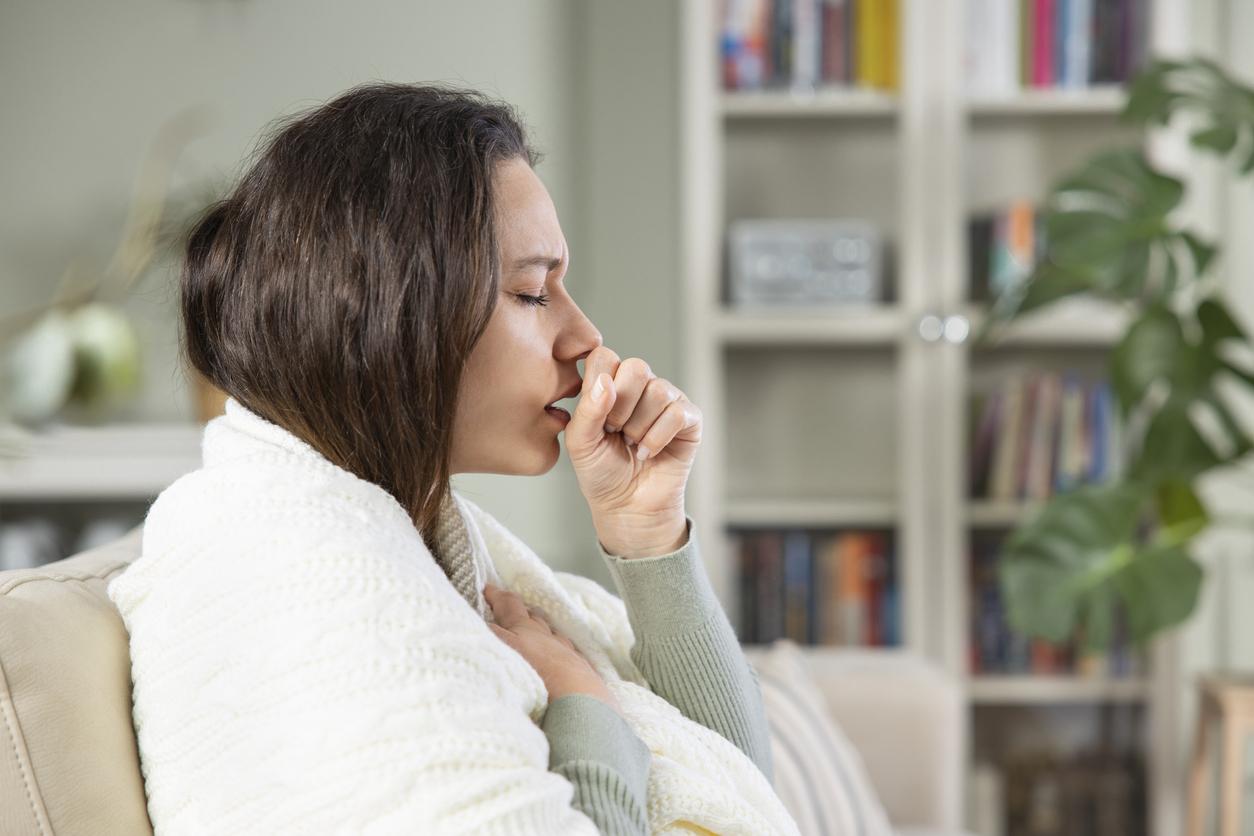
The R0 corresponds to the initial reproduction rate (or effective) of the coronavirus. It is in fact the average number of people infected by another person. The R makes it possible to follow the evolution of the epidemic. This rate is calculated today based on virological data from the SI-DEP device (the daily number of positive PCR tests) and emergency room visits (OSCOUR®).
How to interpret the R0?
Santé Publique France reminds that the R should not be interpreted alone. The local situation should be analyzed and other epidemiological data taken into consideration. For example, this rate may be influenced by screening actions in certain cities, in particular linked to the growing number of clusters. Even if the R is an estimate over the last 7 days, it is a very good way to quantify and assess the epidemiological situation, at the departmental or regional level. To contain the epidemic, the R0 must be less than 1, that is to say that an infected person infects less than one person. If the R0 is greater than 1, it means that the virus continues to spread and that a patient transmits it to more than one person. The government’s goal, which follows the recommendations of the health authorities, is therefore to keep the R equal to or less than 1. Therefore, if the reproduction number is greater than 1, it means that the virus is actively circulating and that the number of infected people is on the rise.
What is the current situation regarding R0?
In France, between August 23-29, 2020, the reproduction rate is greater than 1: 1.29. This figure concerns only the virological data of the SI-DEP device. This assessment is slightly down from the previous week (1.38). As for the R calculated on the OSCOUR® data: it is currently at 1.13, against 1.14 the previous week. He’s stable. The regions of France, in which the R is the highest, are Auvergne-Rhône-Alpes, Corsica, the Grand-Est region, Ile-de-France, Nouvelle-Aquitaine, Occitanie and la Provence-Alpes-Côte d’Azur. The SI-DEP reproduction number is also greater than 1 in the regions of Bourgogne-Franche-Comté, Brittany, Center-Val-de-Loire, Hauts-de-France, Normandy and Pays de la Loire, without taking into account the OSCOUR® statistics. These figures come from the last weekly epidemiological report from Public Health France, dating from September 03, 2020. As a reminder, the R before confinement, which began on March 17, was greater than 2: 2.8. Just before deconfinement, the rate dropped significantly: 0.8.

















